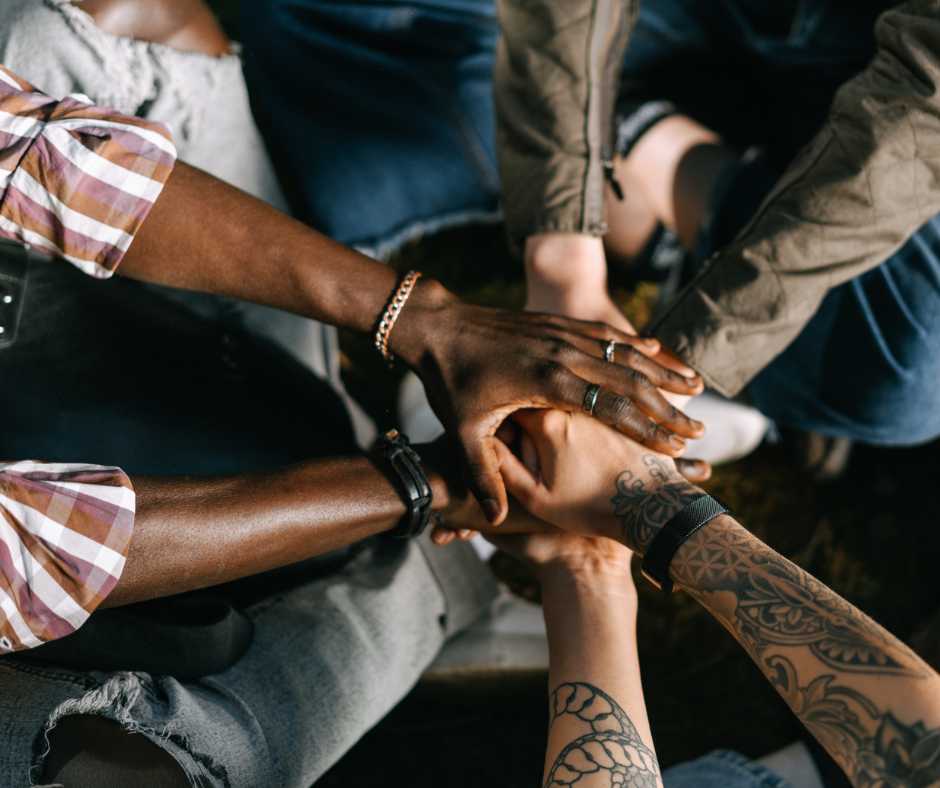
From Mobilization to Organization
Values are not just statements on paper; they are the foundation for equity, sustainability, and trust in how we organize. This post explores how aligning your why and how can transform reactive habits into liberatory practices through clarity, commitment, and daily action.

Co-Regulation Means Me and You
Facilitation begins with how we show up in our own bodies. This post explores co-regulation as both a nervous system practice and a relational strategy, offering tools for building trust, shared presence, and resilience between facilitators and the groups they serve.

Regulated ≠ Comfortable
Facilitation isn't about keeping things calm at all costs. This post explores how nervous system-informed facilitation helps distinguish between real dysregulation and necessary discomfort, offering tools for tracking group cues, navigating intensity, and supporting growth through rupture and repair.

Are You Nervous?
The nervous system is always shaping the room, whether we name it or not. This post explores how nervous system-informed facilitation helps groups stay grounded through discomfort, offering tools to track somatic cues, design for safety and belonging, and co-lead with care in moments of change.

Belonging: The Foundation for Meaningful Change
Belonging is more than a feeling. This post explores how Belonging-Based Facilitation supports leaders and organizations in building sustainable practices through shared accountability, collective creativity, and the deep work of showing up together.
